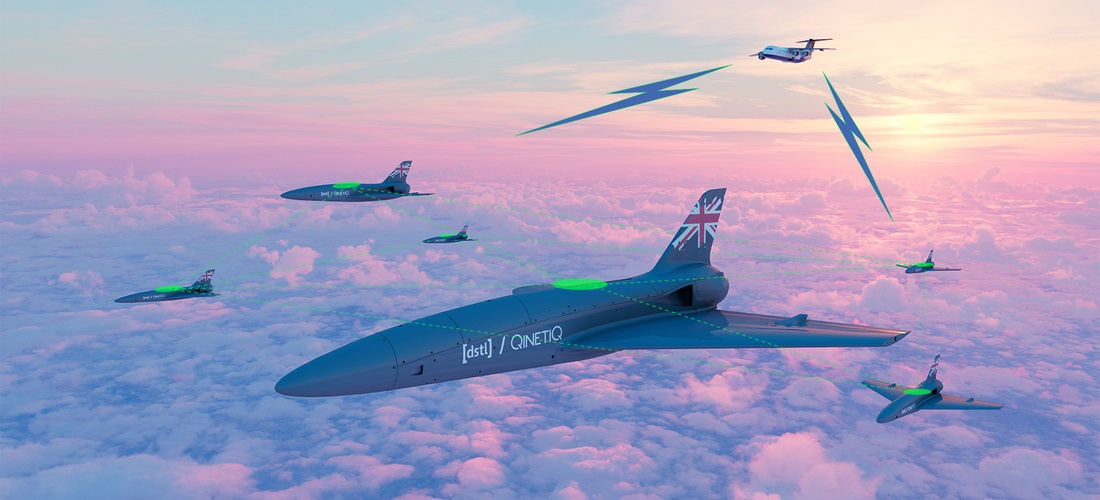The occasion marked the first time that the B-2 Spirit has landed in Norway, signaling the shared commitment between the U.S. and Norway to deter threats and strengthen the NATO Alliance. Three B-2 bombers are currently forward deployed from Whiteman Air Force Base, Mo., to Keflavik Air Base, Iceland, in support of Bomber Task Force Europe 23-4.
Hot pit refueling within NATO countries allows for the B-2 to expand its fuel range and minimize its time on the ground. By exercising the ability to conduct hot pit refueling in strategic locations, the U.S. and our Allies are able to increase combat airpower throughout the European theatre.
“Hot-pit refueling emerges as a transformative tactic in bomber operations, promising heightened versatility,” said General James Hecker, commander of U.S. Air Forces in Europe & Africa and NATO Allied Air Command. “This clever technique extends our reach, establishing temporary operational hubs at strategically chosen and even unpredictable locations. These adaptive capabilities are the core of modern airpower projection,” General Hecker added.
“The long-range, penetrating strike the B-2 provides is a truly unique capability in the world; but long range requires a lot of gas. Honing our ability to interoperate with our allies and utilize partner-nation equipment and infrastructure to refuel can significantly reduce what we often call our ‘tanker bill;’ in some cases it could be the difference between mission success and failure,” said U.S. Air Force Lieutenant Colonel Andrew Kousgaard, 393rd Expeditionary Bomb Squadron commander.
Combining U.S. strategic assets’ capabilities with other Allies modern aircraft – like the Norwegian F-35s – demonstrates commitment to Alliance cohesion, interoperability and deterrence. At the same time the conduct of hot-pit refueling enhanced expeditionary skills of deployed and host nations.

























